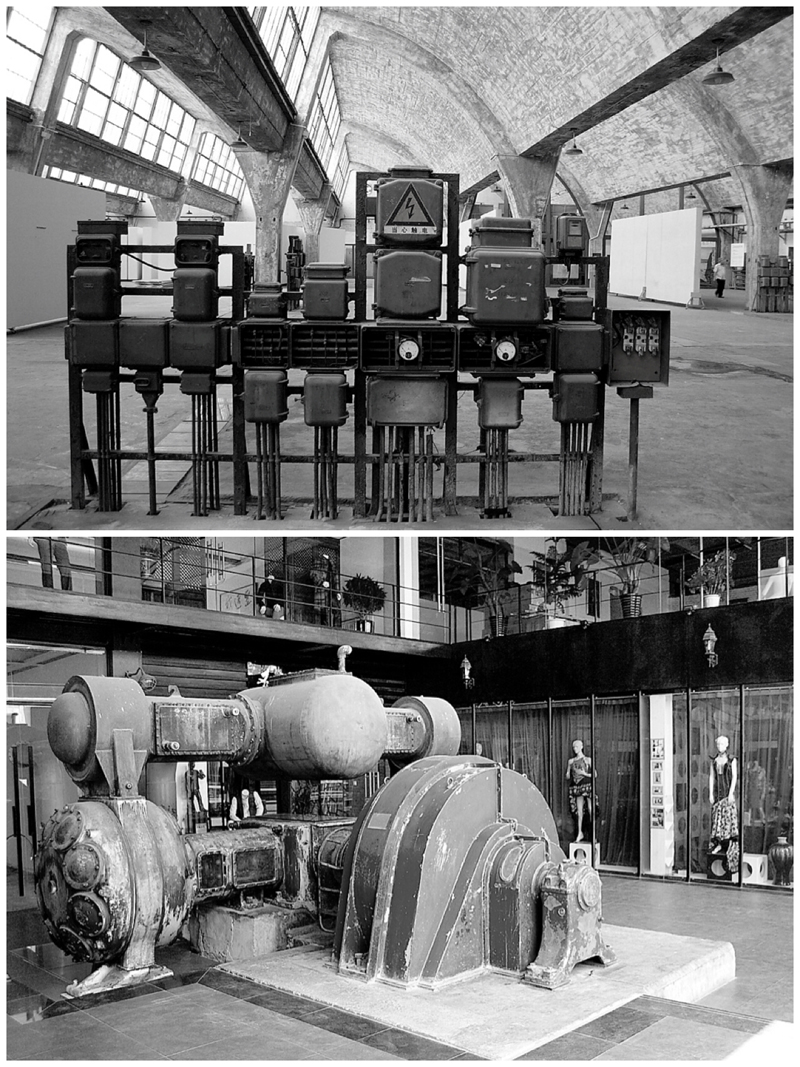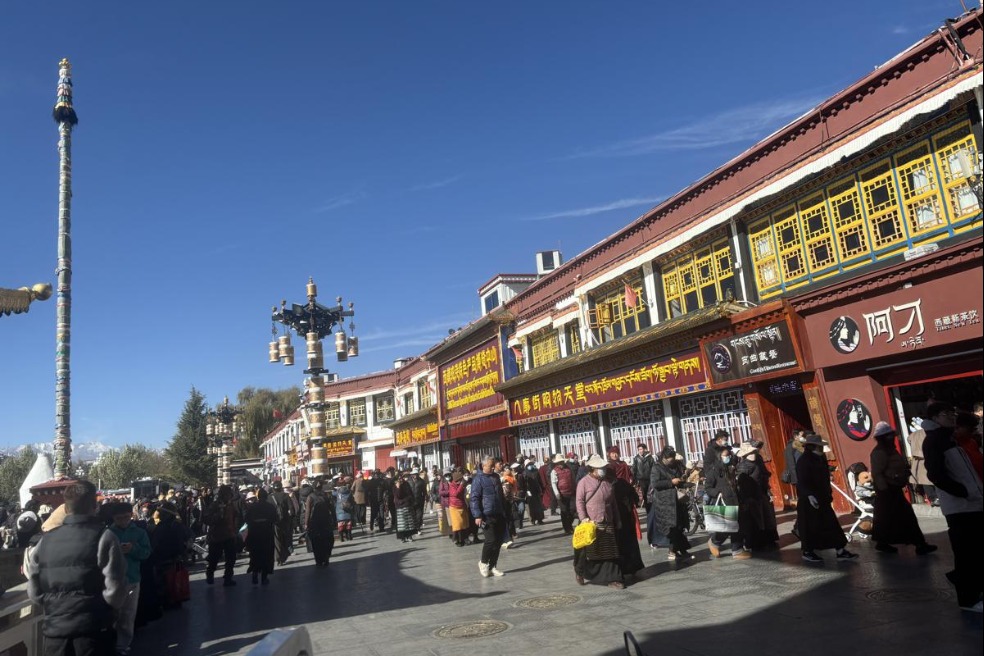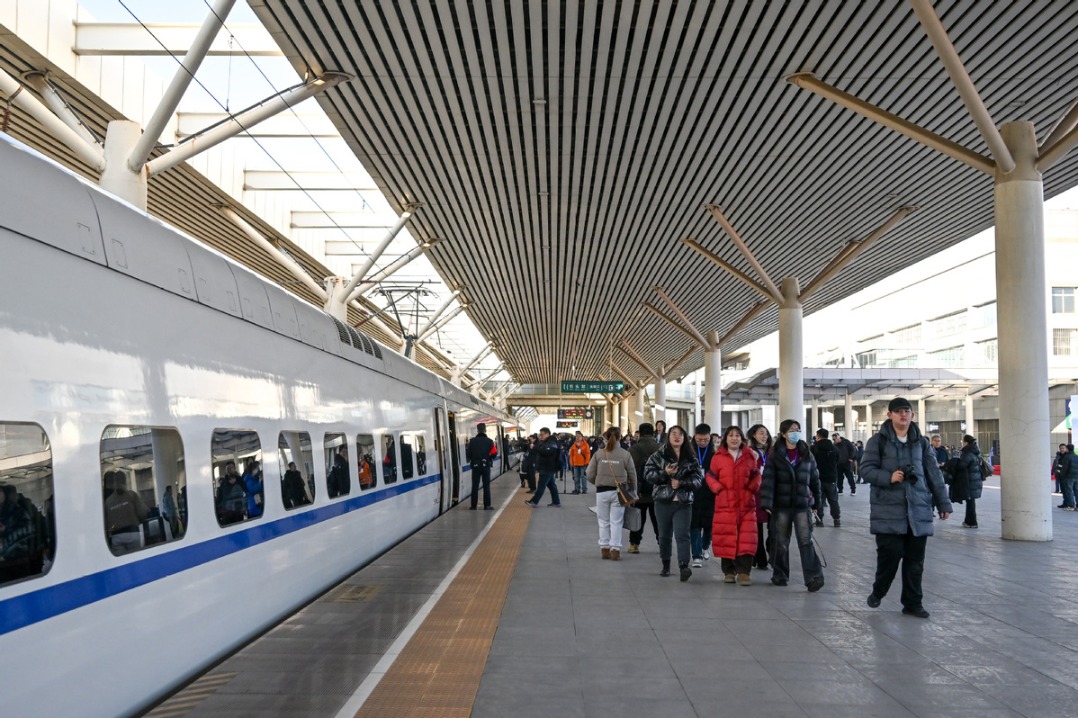Discovering Beijing’s industrial-strength beauty


The structural economic reforms of the 1980s saw the start of Dashanzi's inevitable decline, eventually becoming obsolete and ceasing production. The area could have faced a fate similar to other large industrial sites — being cleared for urban redevelopment. However, by chance, Beijing's Central Academy of Fine Arts took over some of the vacant buildings in 1995 to create storage and workshop facilities. Much has been written and published about the growth of a premier arts space over subsequent years, of how artists created studios, of literary bookshops and cafes transforming the area into a major cultural center. For me, it was simply the feel of the area that pulled me in.
It was fortuitous the site did not give way to demolition and real estate development, for it remains a special memorial to Beijing in the 1950s. I also appreciate its cafes, some created within former factory spaces. There I could easily while away the day reading up on this unique industrial archaeological space. After hours of study I would set off with my camera, discovering even more hidden gems.

































